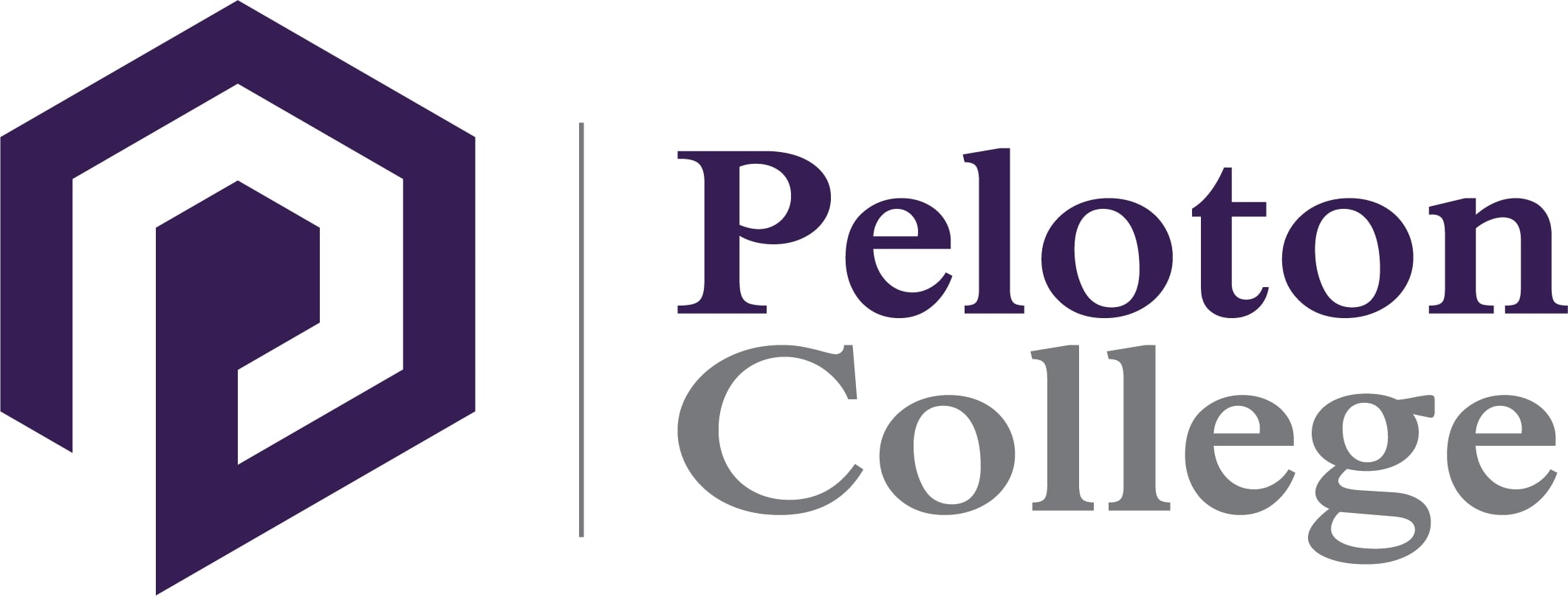What is the Difference Between EHR and EMR?

Electronic medical records and electronic health records are two terms that are used interchangeably but describe two very different things. As a medical billing and coding specialist, you’ll use both extensively, so let’s define the similarities, differences and applications for EMRs and EHRs.
What Does a Medical Billing and Coding Specialist Do?
Medical billing and coding specialists manage health insurance claims and other billing activities for hospitals, clinics and private practices. While they participate in a broad range of financial tasks, their core responsibilities are:
Coding Insurance Forms
Insurers pay almost all US healthcare bills. They require large volumes of health information to determine if patients’ policies cover the services they received.
Medical billing and coding specialists streamline the process by translating key data into short, alphanumeric codes that describe everything from physical symptoms and diagnoses to medical supplies and equipment. You’ll research charts for necessary information and code insurance forms to reflect why and how patients were treated.
Troubleshooting Rejected Claims
A small percentage of insurance claims are initially denied because they’re incomplete or incorrectly coded. Medical billing and coding specialists review rejected claims, working directly with insurers to understand why they weren’t paid.
Healthcare facilities depend on prompt reimbursement to maintain cash flow, so rectifying and resubmitting claims as quickly as possible is a key role.
Requesting Insurance Preapprovals
Not all insurance policies cover all services, so inquiring about coverage in advance makes more sense than providing services patients can’t pay for out of pocket.
As a medical billing specialist, you’ll coordinate with the doctor, patient and insurer to review treatment recommendations and get the insurance company’s go-ahead. The preapproval process protects both the patient and provider from unreasonable financial risk.
Light Accounting
Most medical bills are adjusted several times before they’re settled. Each time patient co-payments, insurance payments or discounts are applied, the amount due is reduced until the total is zero. Medical billing specialists manage the process from start to finish.
What is an EMR?
An EMR, or electronic medical record, is the digital equivalent of a paper chart. It contains a patient’s medical and treatment history in a single practice and includes:
- Personal demographics
- Diagnoses
- Vaccination records
- Allergies
- Medication list
- Vital sign trends
- Progress notes
- Postoperative reports
- Treatment plans
- Lab results
- X-rays and other images
- Billing information
EMRs have a distinct advantage over paper records in that they’re searchable with the click of a mouse. When a patient calls and asks when they last received a tetanus booster, for example, they can get an immediate answer.
EMRs are also convenient for doctors and the billing team. With a few keystrokes, providers can track health data, such as changes in blood pressure or glucose, over time. They can easily identify patients who are overdue for preventive services and reach out to them, improving their quality of care.
Electronic medical records, however, don’t travel well. Most EMR systems are integrated into practice management software and are designed for use by one practice or facility. Some have built-in communication software that allows records to be transferred from practice to practice, but more often than not, patients will still need, for example, paper copies of test results to share with other providers.
What Is an EHR?
EHRs, or electronic health records, have a broader scope. They contain most of the information in EMRs, including financial data, plus records from multiple providers and facilities.
What’s the Difference Between EMRs and EHRs?
While EMRs are designed for proprietary use, EHRs are built to be accessible by everyone involved in the patient’s care from their primary physician to billing specialists.
Why not just replace EMRs with EHRs? The answer is complicated but lies mostly in patient privacy. People must expressly consent, for example, to share records related to substance abuse, mental health treatment or HIV, so some records are safer behind the EMR wall.
While EMRs and EHRs are destined to remain separate systems, the goal is that EHRs will eventually contain most of the information in EMRs so that patients always get the promptest and most informed care possible.
How Do EHRs Benefit Patients and the Medical Community?
EHRs are revolutionizing healthcare. Benefits include:
Accessibility
Many Americans are referred to a specialist, necessitating the exchange of health data. Once a hassle for patients and office staff, sharing information via EHR has dramatically streamlined the referral process.
Patients no longer have to pick up stacks of paper records or risk having them get lost in the mail. And urgent visits never have to wait for paperwork to arrive. Medical billing specialists can now obtain most of the information they need from a shared source.
Confidentiality
The Health Insurance Portability and Accountability Act (HIPPA) limits who can access patients’ medical records. Medical billing specialists, for example, should only be able to see information directly related to their jobs.
Leafing through paper charts, however, may expose unrelated details. The data in EHRs is siloed by role and better protects patient privacy.
Safety
Most medical mistakes are the direct result of miscommunications. Top examples include missing files, misplaced documentation, illegible handwritten notes and spelling errors.
EHRs eliminate many of these issues by limiting how far paperwork has to travel. The software also includes prompts that cue users to rethink potential data errors.
Sustainability
Medical facilities produce petabytes of data annually. So, it’s no surprise that EHRs were, in part, driven by storage limitations and environmental concerns. EMRs have been shown to decrease paper consumption in a single office by half, saving doctors money and keeping paper waste out of landfills. Multiplied by the number of healthcare offices in the US, the ecological benefit is profound.
Efficiency
The average healthcare provider needs multiple full-time staff members just to deal with the overwhelming amount of documentation medicine requires. EHR makes the transfer of information easier, so it cuts down on the amount of copying, faxing and mailing to be done.
Medical billing and coding specialists can research charts and financial information in a single place without costly requests for paper records. Insurance claims that once took weeks to file can be completed in minutes.
Efficacy
Nothing improves care more than the swift availability of documentation. If an emergency room doctor in Texas can access an unconscious patient’s health records in Florida, they can treat them quickly and with less risk. A physician without a patient’s medical history, for example, could easily give them drugs they’re allergic to.
EHRs also limit the adverse effects of polypharmacy, the use of multiple drugs for the same condition. It’s too easy for one doctor to lose track of what another doctor has prescribed, leading to potentially deadly medication interactions or accidental overdoses.
Personalization
Unlike EMRs, EHRs are also accessible to patients. For the first time, individuals can access laboratory results, review their diagnosis list, pay bills and see which preventive care services are overdue. Empowering people to participate in their healthcare saves time and money and improves data accuracy.
Economy
Research shows that there’s significant duplication of medical services. Before EHR, many lab tests were unnecessarily repeated because of lost results or because an emergency provider couldn’t access results quickly enough. But electronic health records are updated in real-time, so everyone is up to speed.
Continuity
In some cases, primary care physicians aren’t aware that their patients had been hospitalized or treated, so vulnerable people may be discharged without support or follow-up. Today, most physicians are notified through EHR when patients are admitted and sent home.
The same issue was also identified as a cause of failing chronic disease management. The average American gets care from multiple doctors in their lives, but their inability to coordinate resulted in patients falling through the cracks. People with diabetes and high blood pressure, for example, are at higher risk of kidney failure, yet studies show that many were never screened for it before EHRs because no one doctor was ever sure what the other was doing. Electronic health records keep everyone in the loop.
Final Thoughts
EHR may be the greatest innovation in healthcare since the discovery of antibiotics. Most hospitals and private practices are now on board. EHR is the future of healthcare, and that future is now.
Want to Learn More?
The Medical Billing and Coding training program at Peloton College provides students vital knowledge in Medical Terminology and Understanding Health Insurance Claims and prepares students to be able to work with and maintain electronic health record systems in the health care industry. Graduates of this Medical Billing and Coding training program will also be eligible to sit for the Certified Electronic Health Records Specialist (CEHRS) Certification or the Certified Billing and Coding Specialist (CBCS) Certification.
The mission of Peloton College is to be the premier provider of hands-on training and education by providing students and graduates with the necessary skills to secure occupational careers. Contact us today to learn more.



